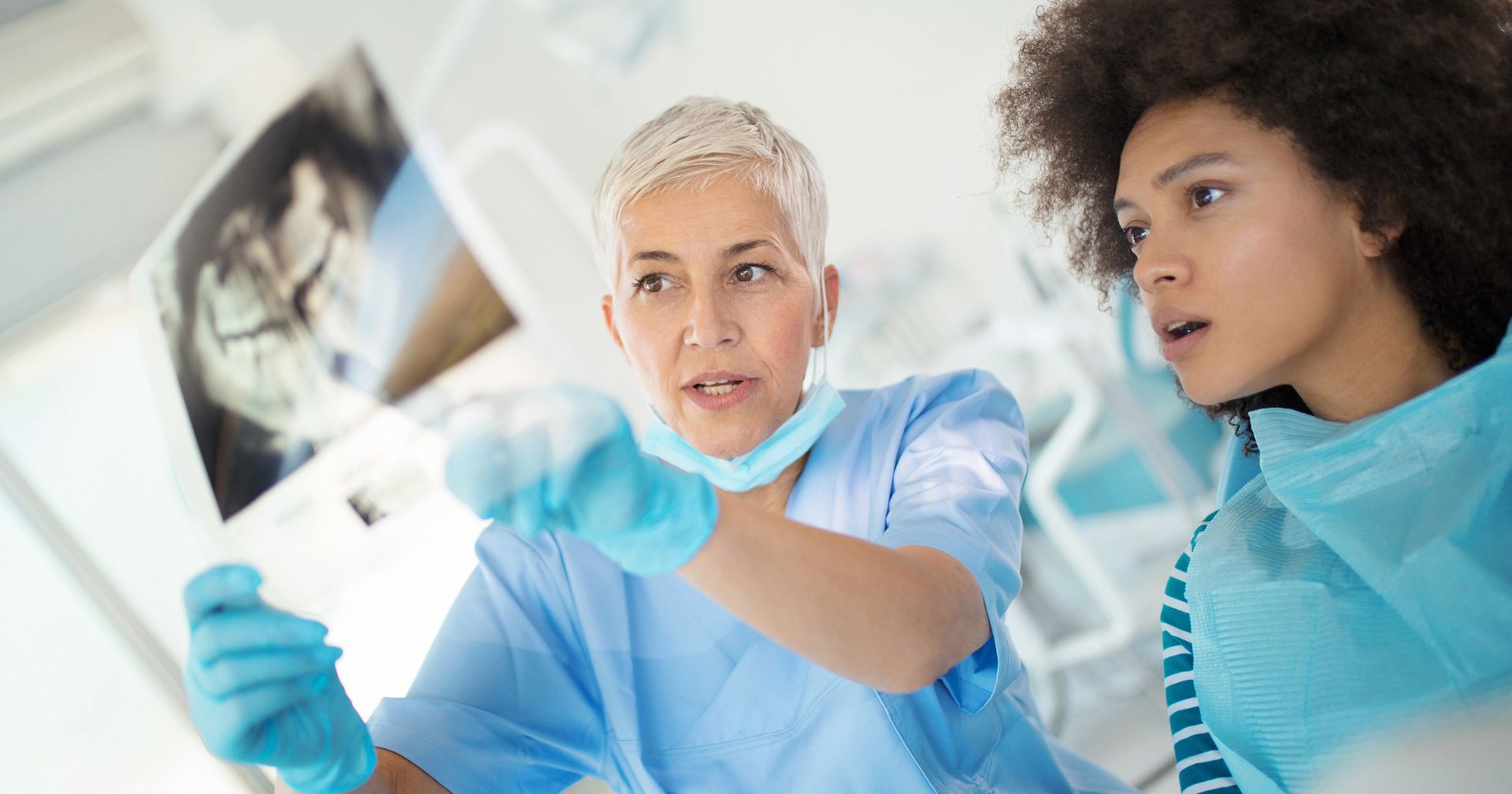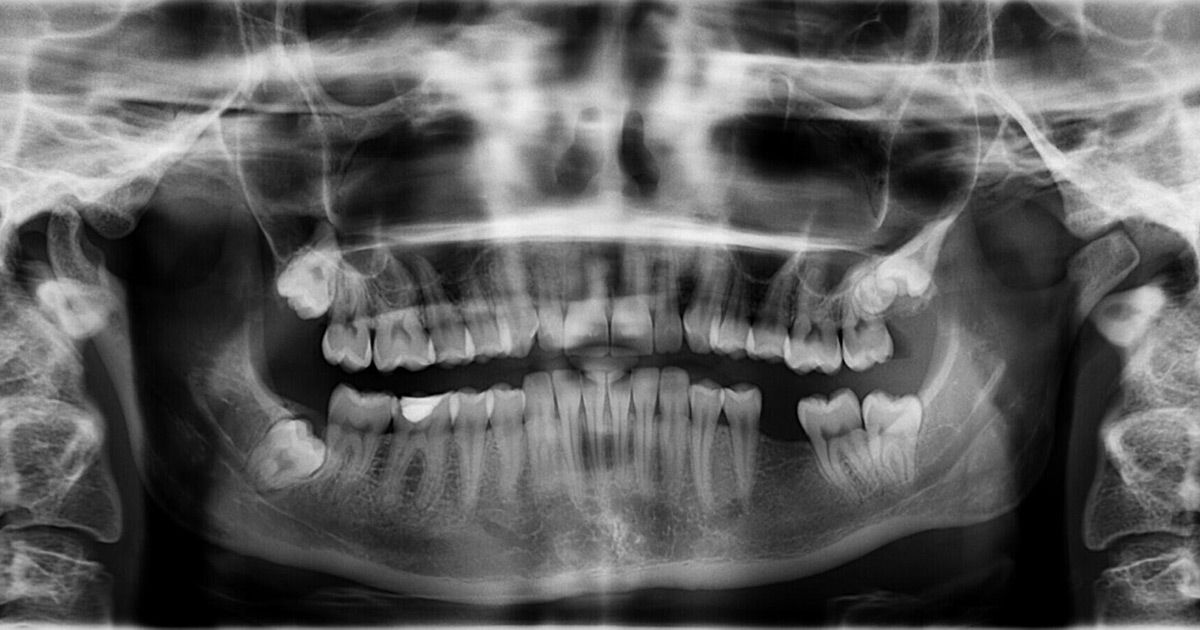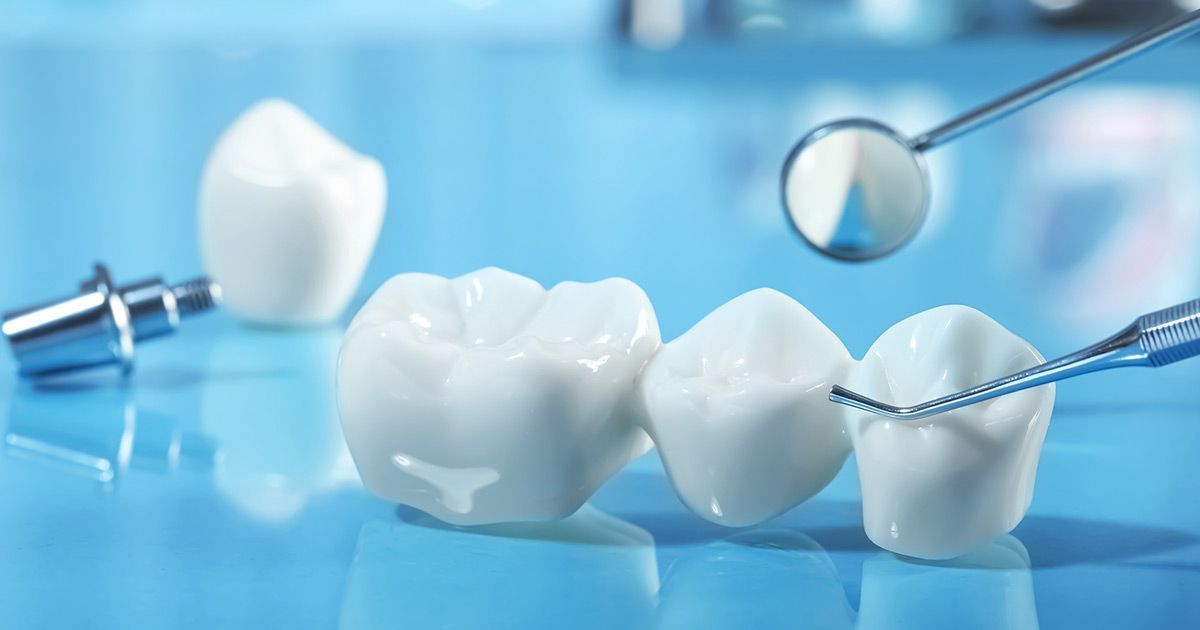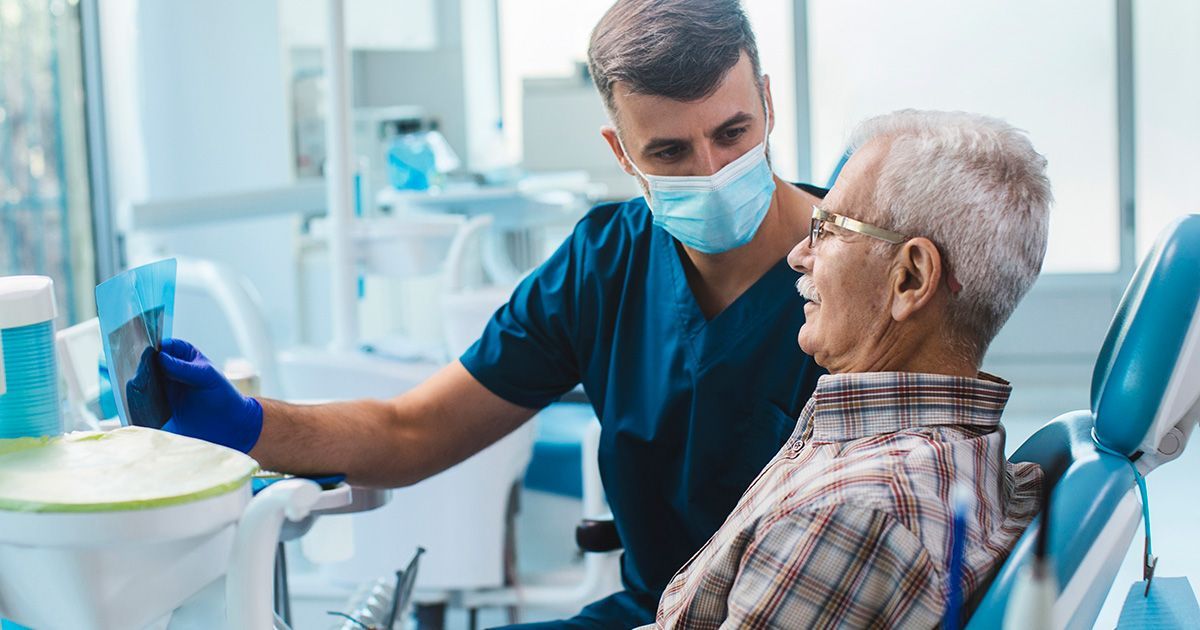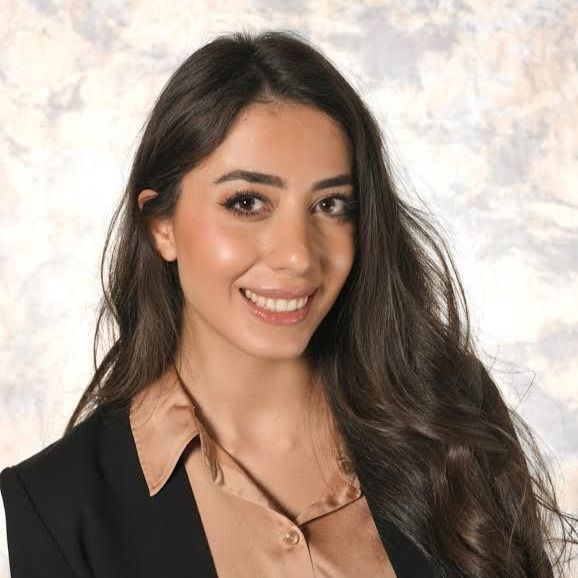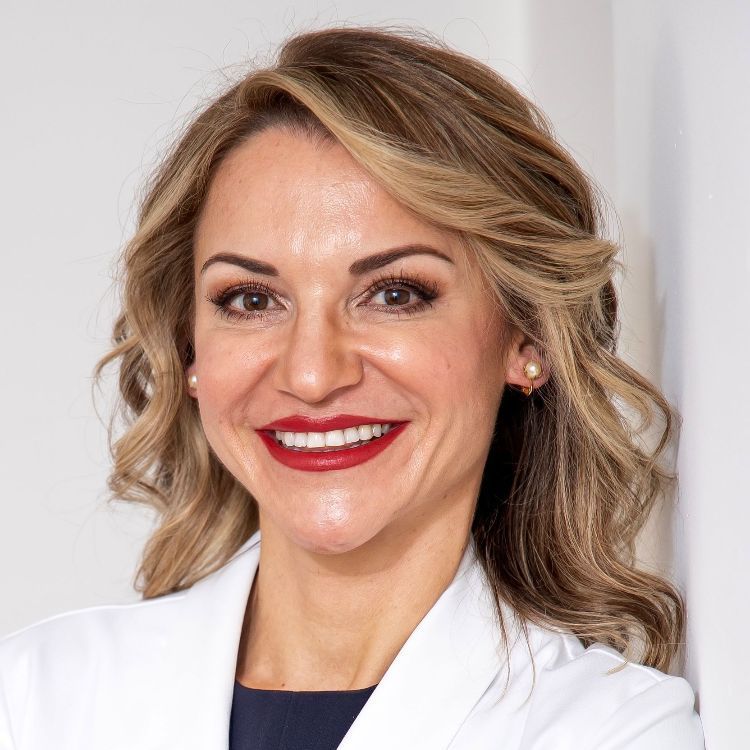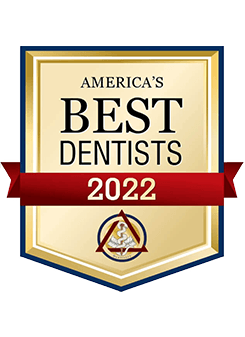Preventive Dentistry
Preventive Dentistry Procedures
- Cleanings. This is where dental health starts. There's just no substitute for physically removing disease-causing dental plaque and calculus (tartar) from your teeth — especially in hard-to-reach areas near the gum line. That's why regular professional cleanings are so important to your health.
- Dental Sealants. These invisible plastic coatings fill the tiny grooves in back teeth so they do not become havens for bacteria. They prevent cavities from forming and the need for fillings later on.
- Fluoride. This mineral is readily incorporated into the teeth's mineral structure, thereby making them stronger and more decay-resistant. Fluoride can even reverse tiny cavities that are starting to form. If you are not getting enough from your toothpaste and drinking water, it can be applied directly to your teeth at the dental office.
- Laser Decay Diagnosis. Laser light can be used to detect early tooth decay quickly and easily, right in the dental office — before full-blown cavities form.
- Mouthguards. Athletic mouthguards are designed to absorb and distribute the forces of impact and minimize traumatic injury to both the hard and soft tissues of the mouth. In fact, an athlete is 60 times more likely to suffer harm to teeth when not wearing a mouthguard. The best ones are custom-made for you by your dentist.
- Oral Cancer Screenings. Your best chance of surviving oral cancer — a disease that affects not only lifelong smokers but also young non-smokers — is early detection and treatment. Oral cancer screenings are a routine part of every regular dental exam.
- Salivary Diagnostics. This is an exciting new development in the field of preventive dentistry. While it is in its infancy, it is already possible to detect the presence of certain diseases with a salvia test, and the technology is developing rapidly.
- X-Rays. For around a century, dentists have been using x-rays to reveal signs of disease not visible to the naked eye. Now, with CAT scans, they have become three-dimensional and are an indispensable tool to diagnose tooth decay, gum disease, bone density, bone volume and tumors.
Your Role in Preventing Dental Disease
Dr. Haddad
D.M.D
Dr. Haddad’s purpose at Sewell Dental Designs is to empower his patients so they can achieve and maintain excellent dental health and have a smile they are happy to show off. He decided on this path after receiving treatment from a competent and friendly dentist when he was a teen.
Dr. Haddad obtained his Bachelor of Science degree at George Mason University in Virginia and went on to earn his Doctor of Medicine in Dentistry degree (DMD) from Temple University Maurice H. Kornberg School of Dentistry.
Dr. Joanna
D.D.S
Dr. Joanna Haddad was born and raised in Lebanon and now resides in Philadelphia, PA. She speaks Arabic, French, and English fluently. Dr. Joanna earned her Doctorate of Dental Medicine from the University of Pennsylvania School of Dental Medicine, graduating with honors in Public Health. During her time in dental school, she was highly involved in various organizations and served as the Chapter President of the American Student Dental Association. She is also a proud member of the American Dental Association, American Association of Facial Esthetics and American student dental association.
Dr. Giesberg
D.D.S
Dr. Konstantina S. Giesberg, DDS, is a board-certified dentist anesthesiologist who has earned the privilege of becoming a Diplomate of the American Dental Board of Anesthesiology (DADBA).Dr. Giesberg obtained, with honors, her degree of Doctor of Dental Surgery (DDS) from the University of Buffalo, NY. She then completed her General Practice Residency in Dentistry at Wyckoff Heights Medical Center in Brooklyn, NY. Dr. Giesberg then furthered her studies at Wyckoff Heights Medical Center with a Specialty Program in Dental Anesthesiology, involving three years of concentration in deep sedation and general anesthesia.


